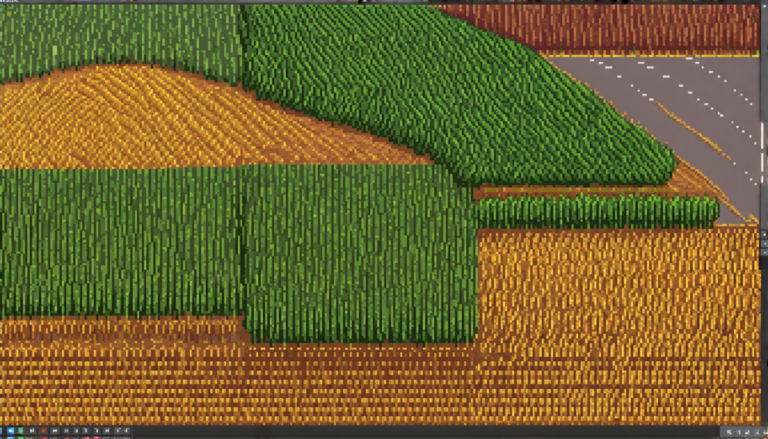Monday 05 May 2025
Scientists have been working tirelessly to develop more accurate and efficient methods for aligning medical images, a crucial step in diagnosing and treating diseases. One of the biggest challenges they face is dealing with the inherent differences between various imaging modalities, such as MRI and CT scans. These differences can make it difficult to accurately register, or align, these images with each other.
Now, researchers have made a significant breakthrough in addressing this issue by developing a new method for computing correlation ratios between different medical images. Correlation ratios are a common metric used in image registration, but traditional methods require discretely counting intensity bins, which can be computationally expensive and prone to errors.
The new approach uses the Parzen windowing approximation, a statistical technique that allows the researchers to approximate the probability density function of an image by placing Gaussian kernels around the centers of the intensity bins. This enables the computation of correlation ratios in a continuous manner, making it much faster and more accurate than traditional methods.
The researchers tested their new method on a dataset of T1w- and T2w-weighted MRI brain scans, aligning them using two different deep learning models: VoxelMorph and TransMorph. The results showed that the new method performed similarly to mutual information-based registration, but with significant speed advantages – the computation time was reduced by nearly 80%.
The implications of this breakthrough are far-reaching. Accurate image registration is essential for a wide range of medical applications, including tumor detection, stroke diagnosis, and surgical planning. By enabling faster and more accurate alignment of images from different modalities, this new method has the potential to improve patient outcomes and reduce healthcare costs.
In addition to its practical applications, this research also highlights the importance of innovative statistical techniques in advancing medical image analysis. The Parzen windowing approximation is a powerful tool that can be applied to a wide range of problems, and its application to correlation ratio computation opens up new possibilities for fast and accurate image registration.
As medical imaging technology continues to evolve, it’s exciting to think about the potential applications of this research. With faster and more accurate image registration, clinicians will have access to more detailed and informative images, enabling them to make more precise diagnoses and deliver more effective treatments. This breakthrough is a testament to the power of interdisciplinary collaboration between computer scientists, statisticians, and medical researchers – and it’s an exciting step towards a future where medical imaging plays a even greater role in improving human health.
Cite this article: “Breakthrough in Medical Image Registration: Faster and More Accurate Alignment of Images from Different Modalities”, The Science Archive, 2025.
Medical Imaging, Image Registration, Mri, Ct Scans, Deep Learning, Parzen Windowing Approximation, Correlation Ratios, Statistical Techniques, Medical Applications, Healthcare Costs







